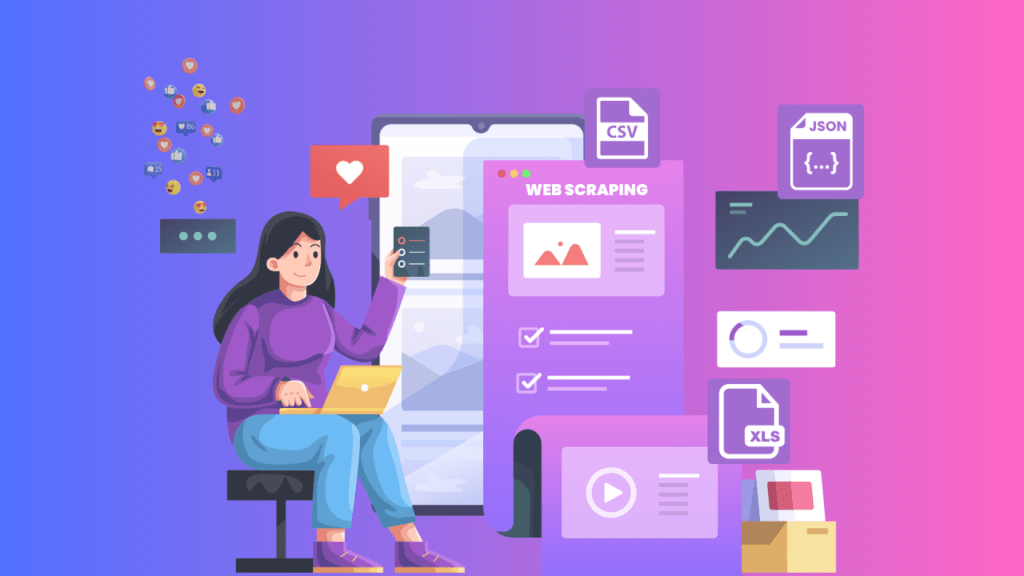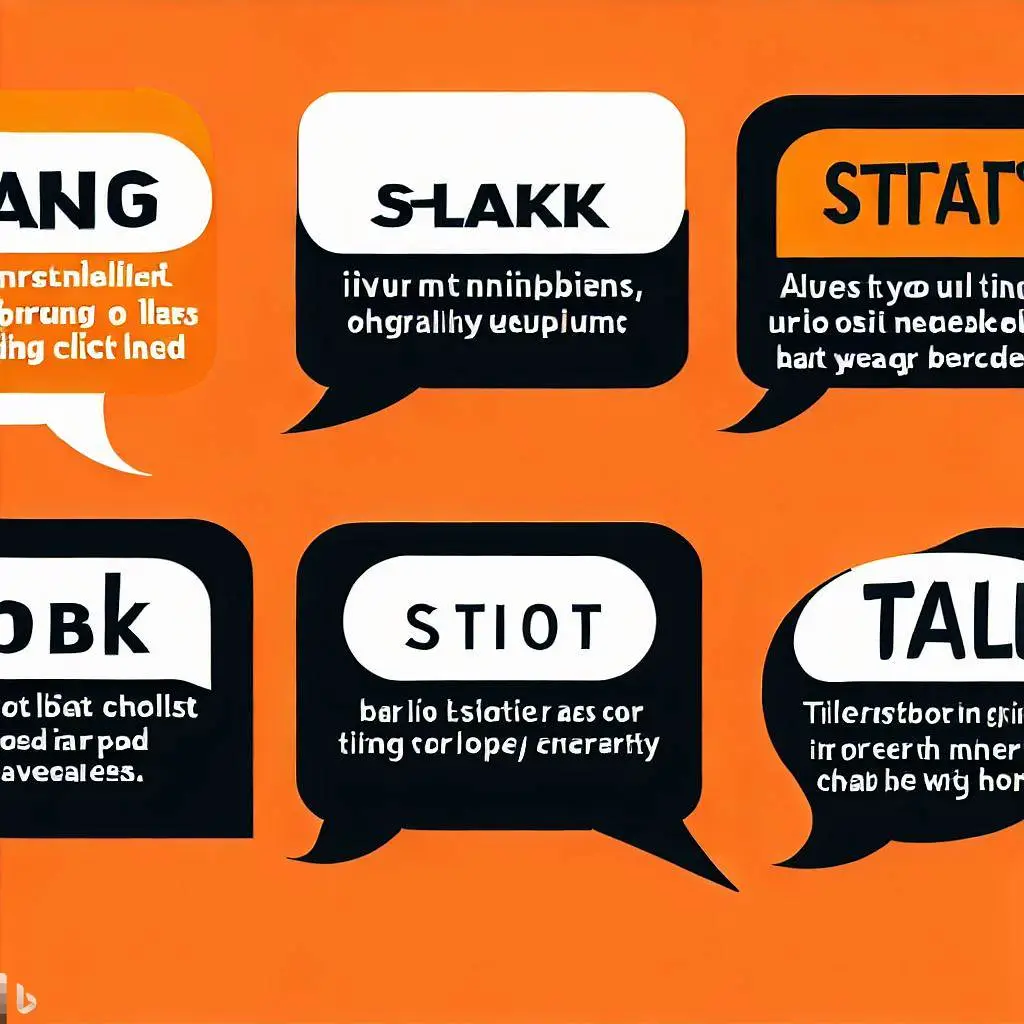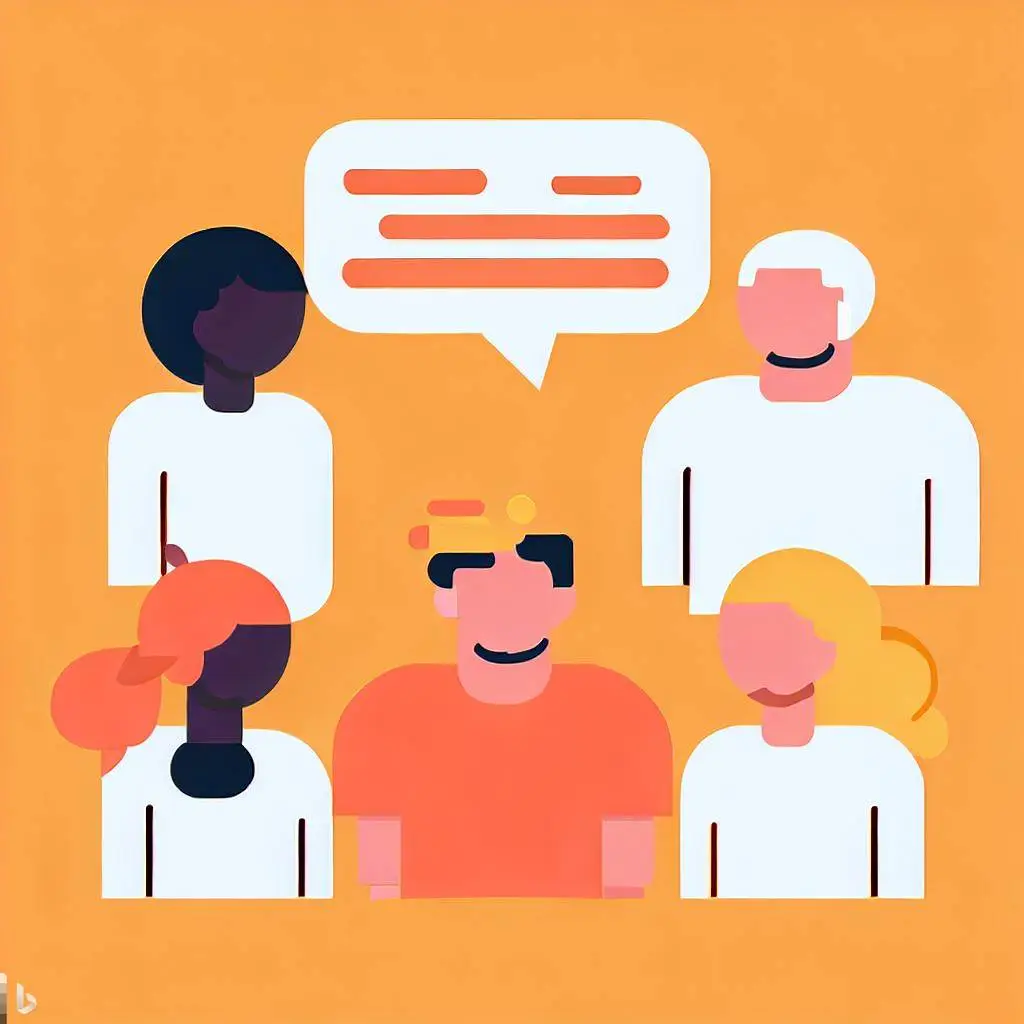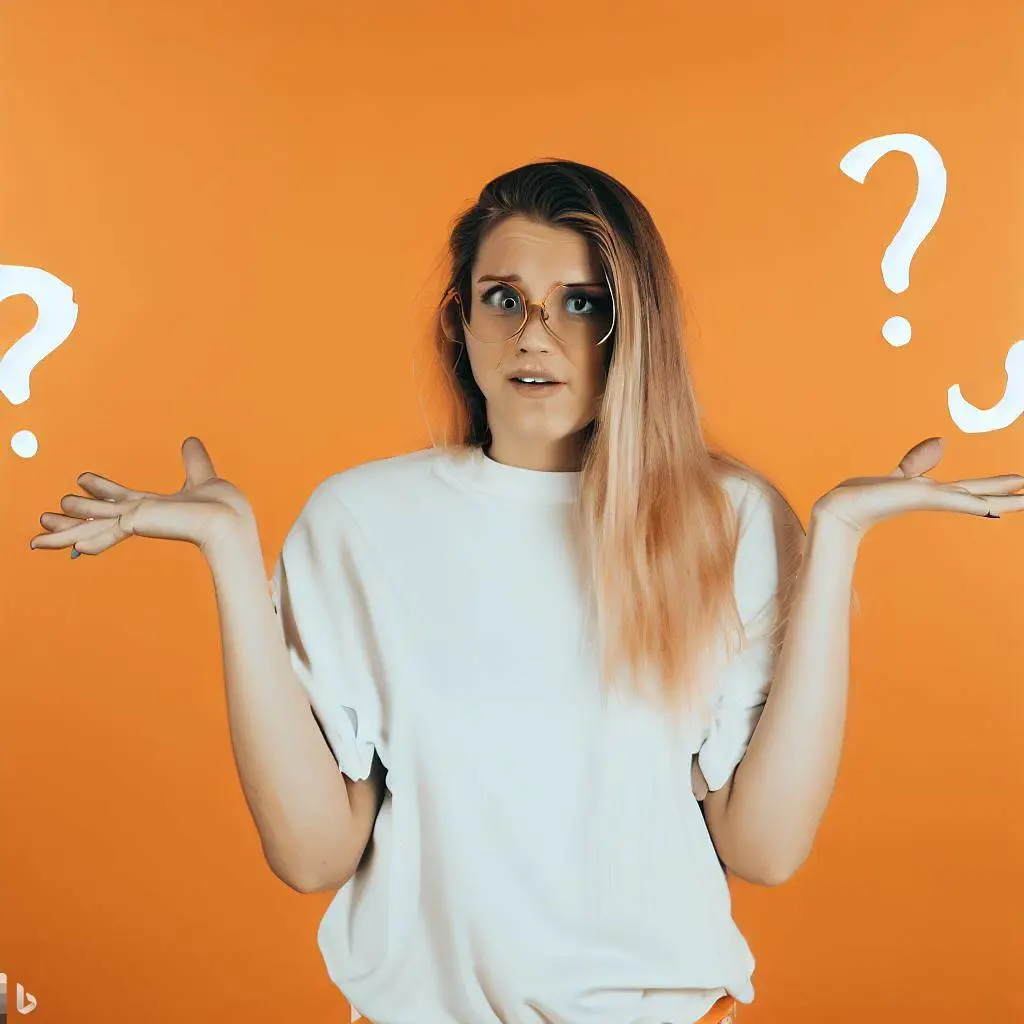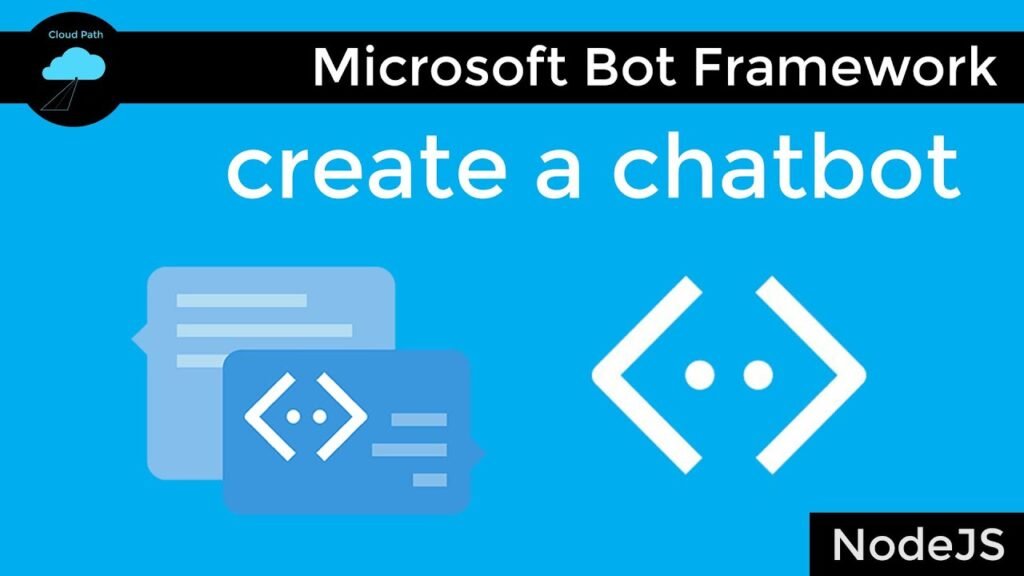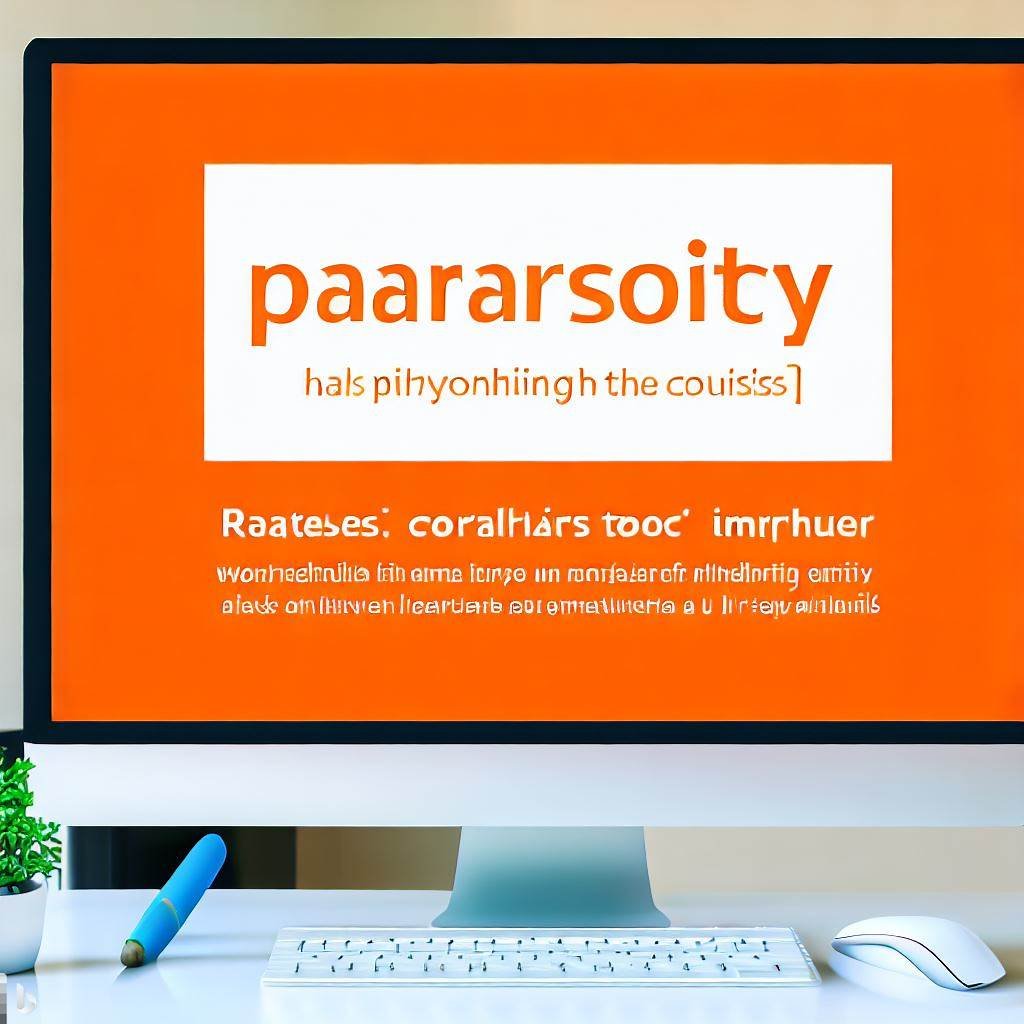Art has always been a medium of human expression, but with the advent of artificial intelligence (AI), the landscape of art is changing rapidly.
AI art, also known as generative art or computational art, is the use of algorithms and computer programs to create art that was previously unimaginable. In this blog post, we will explore the fascinating intersection of AI and art, and how this emerging field is transforming the world of art.
What is AI Art?
AI art is a form of art that involves the use of artificial intelligence to generate or manipulate images, sounds, and other media. AI algorithms can create completely new artworks from scratch, or they can modify existing art pieces to create something new and unique.
There are various techniques used in AI art, such as deep learning, computer vision, and generative adversarial networks (GANs). These techniques allow AI algorithms to analyze patterns and data to create art that is beyond human imagination.
Examples of AI Art:
One of the most famous examples of AI art is “Portrait of Edmond de Belamy”, created by Paris-based art collective Obvious. The portrait, which was created using a GAN, sold for $432,500 at Christie’s auction house in 2018.
Another example of AI art is the “Nightmare Machine”, which uses deep learning algorithms to generate images of haunted houses, spooky forests, and other horror-themed content.
In addition, AI art is being used in various other applications, such as in video games, where AI algorithms are used to create realistic environments and characters.
Implications of AI Art:
AI art has far-reaching implications for the art world and society as a whole. Some argue that AI art is not real art since it is not created by humans, while others argue that it is a new form of creativity that expands the definition of art.
AI art can also be used to democratize art, making it more accessible to the masses. AI algorithms can generate art at a much faster rate and lower cost than humans, making it possible for people to own original artworks at a fraction of the cost.
Conclusion:
AI art is an exciting and emerging field that has the potential to change the way we create, view, and appreciate art. It challenges our traditional notions of what art is and expands the possibilities of human expression. As AI continues to evolve and become more sophisticated, we can expect to see even more groundbreaking AI art in the future.

